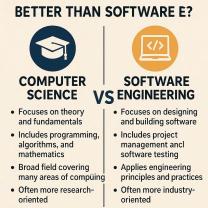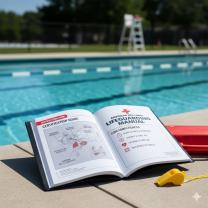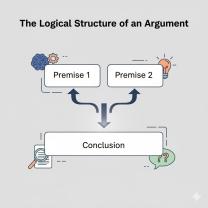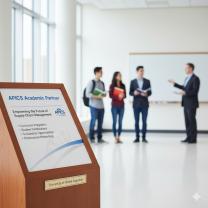What are online classes?
Online classes, also known as e-learning or distance learning, refer to educational courses and programs delivered over the internet. Instead of attending traditional in-person classes, students can access lectures, assignments, and other course materials through digital platforms. Online classes have become increasingly popular due to their flexibility, accessibility, and the advancement of technology.
Key features of online classes include:
Digital Content Delivery:
- Lectures, course materials, and assignments are delivered through digital means, such as video lectures, slideshows, documents, and interactive multimedia.
Flexibility:
- Students have the flexibility to access course content at their own pace and time. This flexibility is especially beneficial for individuals with busy schedules or those who may be working while studying.
Accessibility:
- Online classes make education accessible to a broader audience, including individuals in different geographical locations or those with physical limitations that may prevent them from attending traditional classes.
Interactivity:
- Many online classes incorporate interactive elements, such as discussion forums, chat sessions, and collaborative projects. This facilitates communication and engagement among students and instructors.
Assessment and Feedback:
- Assessment methods may include online quizzes, exams, essays, and projects. Feedback is often provided electronically, and students can track their progress through online grading systems.
Communication Tools:
- Online classes typically use communication tools like email, discussion forums, and messaging systems to facilitate interaction between students and instructors. Virtual meetings through video conferencing may also be used.
Learning Management Systems (LMS):
- Courses are often hosted on Learning Management Systems, which are online platforms designed to manage and deliver educational content. Examples include Moodle, Canvas, Blackboard, and others.
Multimedia Learning Resources:
- Online classes often leverage a variety of multimedia resources, including video lectures, animations, simulations, and interactive exercises to enhance the learning experience.
Self-Paced or Instructor-Led:
- Online classes may be self-paced, allowing students to progress through the material at their own speed, or instructor-led with set deadlines for assignments and exams.
Global Collaboration:
- Students from around the world may participate in the same course, fostering global collaboration and diverse perspectives.
Online classes are offered by a variety of educational institutions, including universities, colleges, and online learning platforms. They cover a wide range of subjects, from academic disciplines to professional development courses. The effectiveness of online classes depends on factors such as the quality of course design, the engagement level of students, and the support provided by instructors and the learning platform.
What defines the structure or format of online classes?
What defines the structure or format of online classes?
The structure and format of online classes can vary greatly depending on the platform, subject matter, and instructor's preferences. However, there are some general elements that are commonly found in many online courses:
Content delivery:
- Pre-recorded lectures: These are video or audio recordings of the instructor delivering the lesson material. They can be watched at the student's own pace and often come with transcripts or slides for reference.
- Live sessions: These are real-time sessions where the instructor interacts with students directly, either through video conferencing or a chat room. This allows for questions and answers, discussions, and real-time feedback.
- Readings and assignments: Online courses often include required readings, such as articles, textbooks, or research papers. Students may also be assigned homework, quizzes, or projects to assess their understanding of the material.
Course organization:
- Modules or units: Most online courses are divided into modules or units that cover specific topics. Each module may have its own set of readings, assignments, and assessments.
- Syllabus: The syllabus is a document that outlines the course schedule, readings, assignments, and grading criteria. It provides students with a roadmap for the course.
- Learning Management System (LMS): Most online courses are hosted on a Learning Management System (LMS) such as Blackboard, Canvas, or Moodle. The LMS provides a platform for accessing course materials, submitting assignments, and communicating with the instructor and other students.
Engagement and interaction:
- Discussion forums: Online courses often have discussion forums where students can ask questions, share their thoughts on the material, and collaborate on projects.
- Group projects: Some online courses may have group projects where students work together on a task or assignment. This can help students develop teamwork and communication skills.
- Peer assessment: In some online courses, students may be asked to review and provide feedback on their classmates' work. This can help students learn from each other and improve their work.
Flexibility and accessibility:
- Asynchronous learning: Most online courses are asynchronous, meaning that students can complete the coursework at their own pace and on their own schedule. This is a major advantage for students who have busy schedules or who live in different time zones.
- Accessibility features: Online courses should be accessible to students with disabilities. This means that the course materials should be available in multiple formats, such as audio or text, and that the platform should be compatible with assistive technologies.
In addition to these general elements, there are many other ways to structure and format online classes. Some instructors may use gamification, simulations, or other innovative approaches to make learning more engaging and interactive.
Ultimately, the best structure and format for an online class will depend on the specific needs of the students and the instructor.
I hope this gives you a good overview of the different elements that can define the structure or format of online classes.












